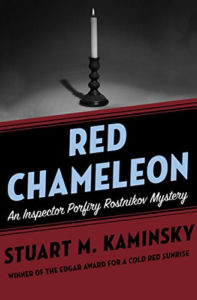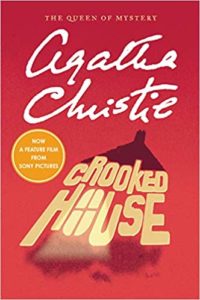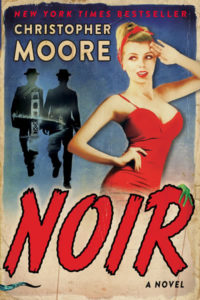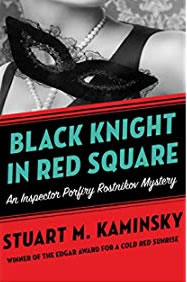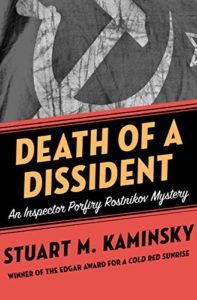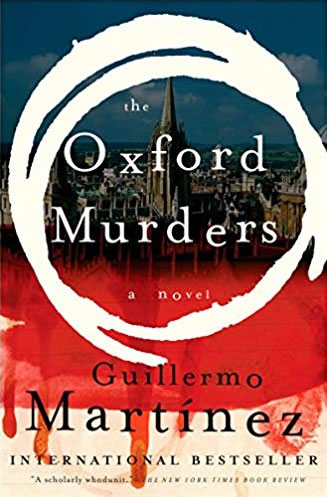
![]() The Oxford Murders – I’ve read the Penguin Press 2005 paperback edition translated from Spanish to English.
The Oxford Murders – I’ve read the Penguin Press 2005 paperback edition translated from Spanish to English.
This is the third novel by Argentinian mathematician Guillermo Martinez. The story is a nice, compact (197 pages) page turner on a classic mystery reminiscent of an Agatha Christie novel. I enjoyed this story, its narration was clear and to the point, no barrel of red herrings that you would get from Colin Dexter.
Our narrator, an Argentinian mathematics student come to Oxford to further his studies, tells this tale of events that happened in the past… it unfolds nicely at a leisurely pace on the bucolic suburb of Oxford. Shortly after settling into a room he lets from an elderly lady, she is murdered, and a mathematical clue is left with his mentor Professor Seldom, who discovers the body with our narrator.
I like the opening to this story. Its narrated in a journal or a diary tone that seems somewhat intimate and old fashioned… I can picture the then young, now older man reflecting back a what would probably be one of the most memorable highlights of his life. A grand adventure!
The story touches on several mathematical topics and theories, as well as several philosophical themes as the two gentlemen work to solve what may be a series of murders, each laid out in a mathematical sequence. As I finished this book, there was something that I had remembered from somewhere else… the best place to hide a murder, is in a series of murders.
One of the draw backs to this book being so brief, is that although we are taken to several different locations within Oxford while taking this pursuit, we never really get to stop and admire our surrounding all that much. Surely Kaminsky would have shown us more of the sights.
Now that the years have passed and everything’s been forgotten, and now that I’ve received a terse e-mail from Scotland with the sad news of Seldom’s death, I feel I can break my silence (which he never asked for anyway) and tell the truth about the events that reached the British papers in the summer of ’93 with macabre and sensationalist headlines, but to which Seldom and I always referred – perhaps due to the mathematical connotation – simply as the series, or Oxford Series. Indeed, the deaths all occurred in Oxfordshire, at the beginning of my stay in England, and I had te dubious privilege of seeing first at close range.

